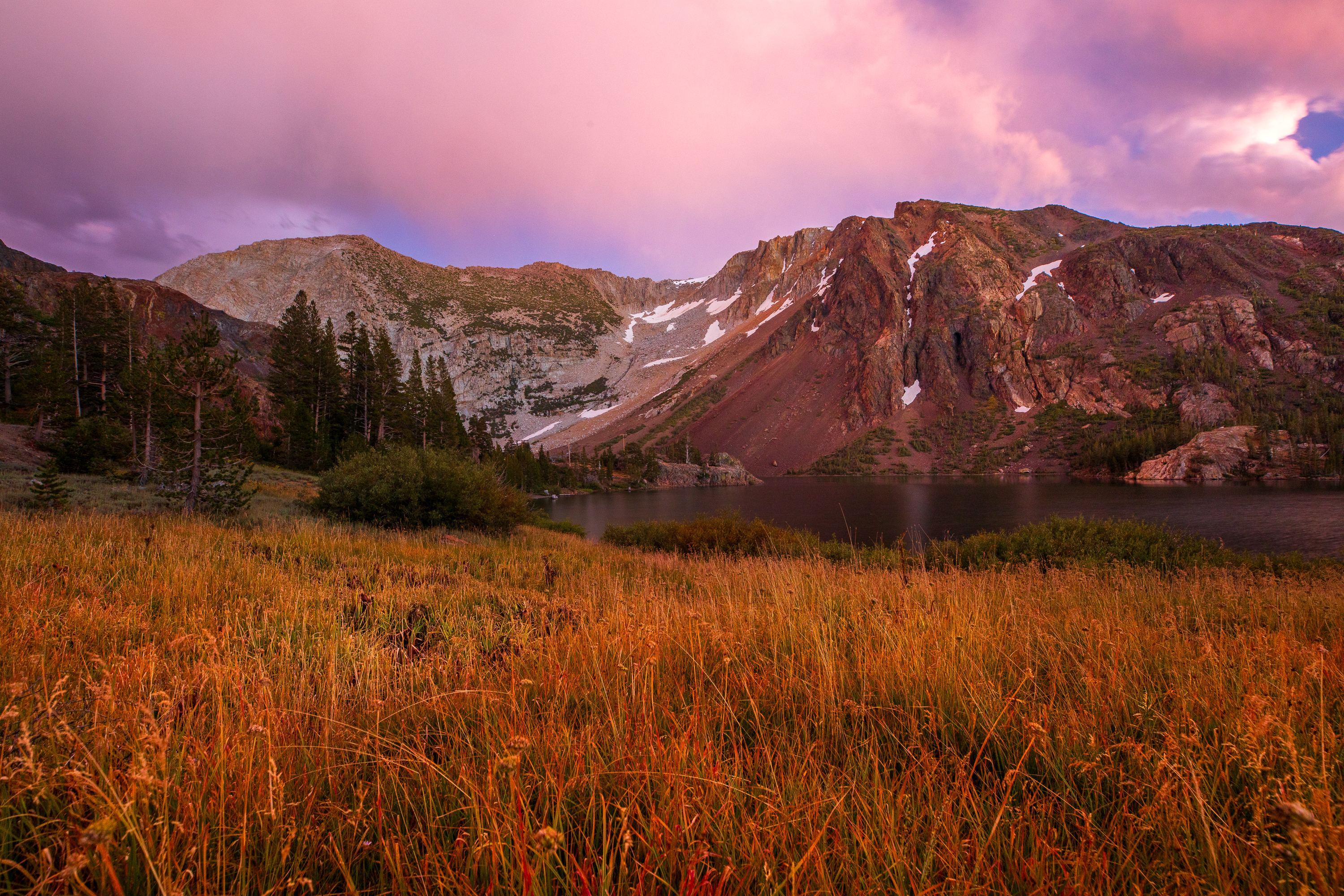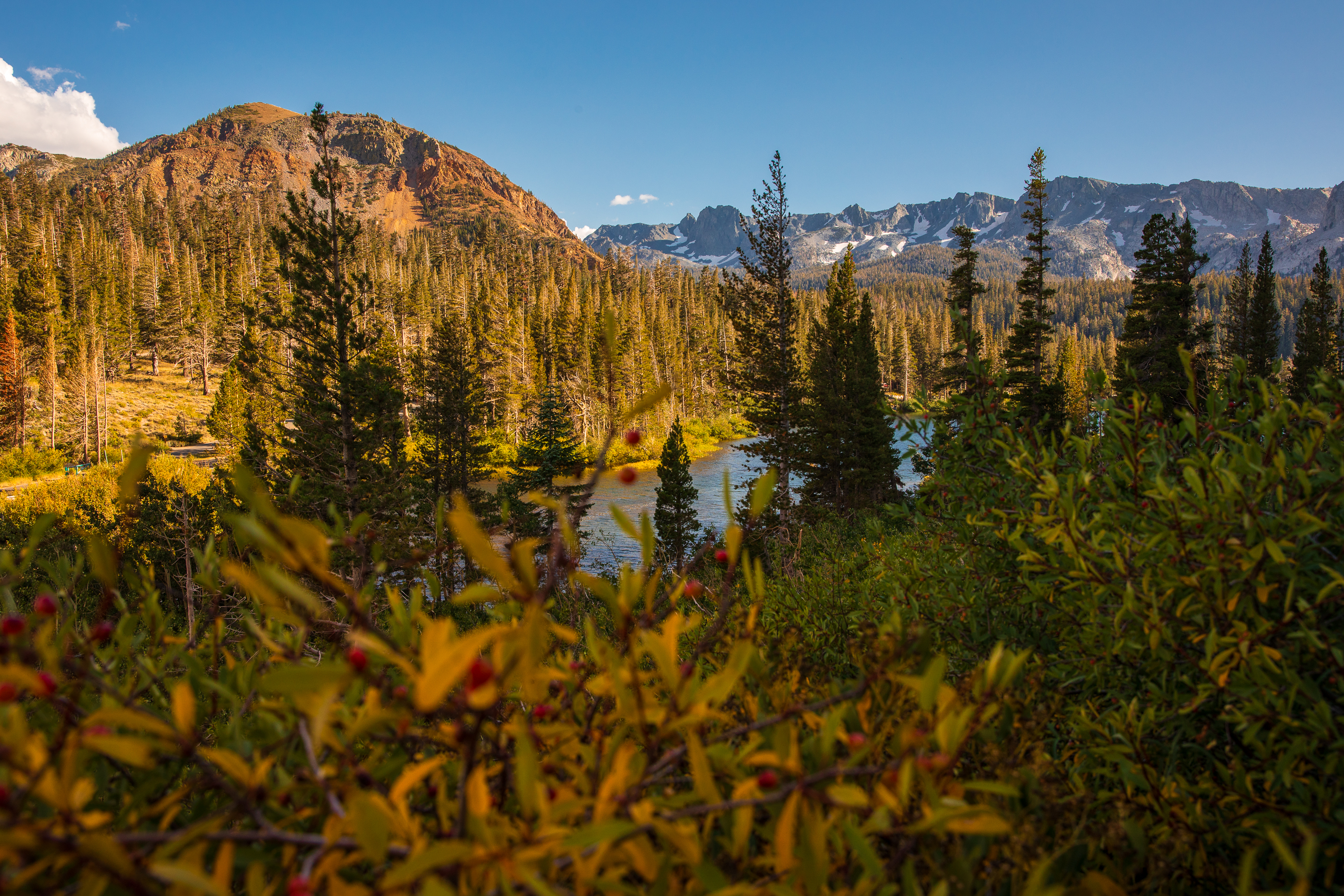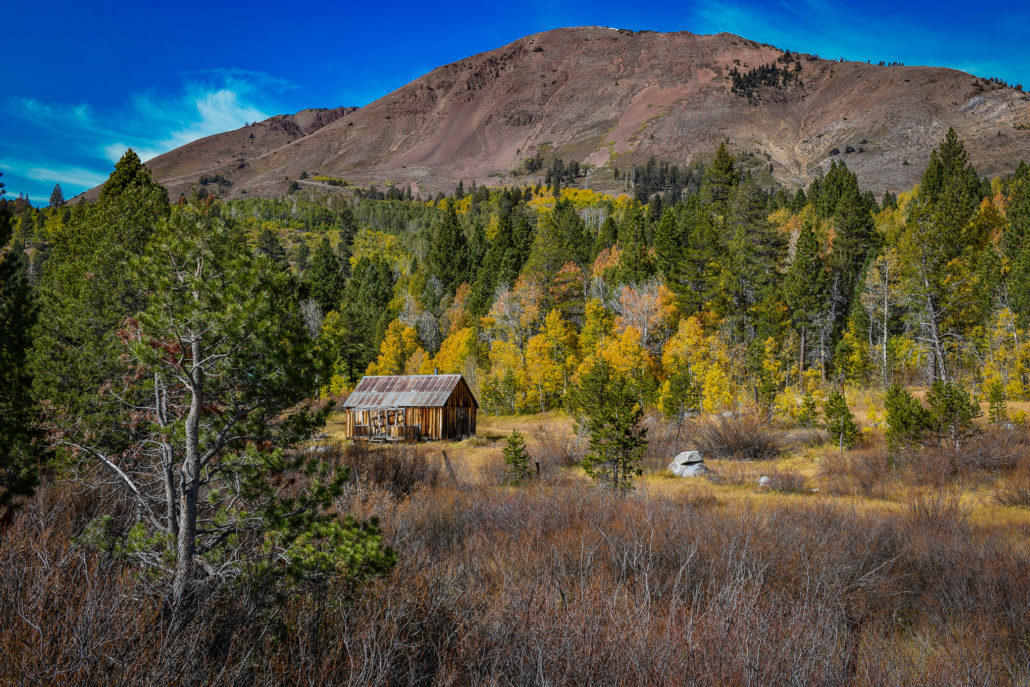Tiptoeing Toward Fall

With just a few more days until the official start of fall, things seem to be lining up nicely for a good color display. Cold nighttime temperatures are on the horizon and colors are slowly progressing.
In Mammoth Lakes color spotter Samantha Lindberg has noticed the bushes in the area working hard to garner attention.
“One of the standout features of this year’s fall season is the early onset of color change in the area’s bushes,” she says. “While the bushes are leading the way, it’s important to note that the overall fall color progression is still in its early stages.”
Tioga Pass (Just starting 0-10%) Elevation: 9,500’
Surrounding grasses near the Tioga Pass area have undergone a magical transformation, with blades of grass turning into golden strands. Around the area, you’ll notice the start of vibrant foliage of the bushes and shrubs that will eventually erupt into a symphony of yellows and oranges.
Mammoth Lakes Basin – Twin Lakes (Just starting 0-10%) Elevation: 8,563′
The aspen trees are mostly lime in color, but with a few yellow patches.

As we await the full fall glory, it is a good time to remind ourselves how to recreate responsibly while we are out leaf peeping this year.
Please remember to Leave No Trace.
There are seven principles to this concept. We’ve adapted them to fit fall color viewing and photography. They include:
- Plan Ahead – by planning, you reduce the chance you might harm the environment you visit; bring the proper equipment to capture the scene sustainably;
- Travel on Durable Surfaces – walk on established trails; use established roads; be cautious not to create new ones or damage the environment;
- Dispose of Waste Properly – carry a litter bag and put all trash into it and it into a trash container; recycle recyclables;
- Leave What You Find – every leaf, branch, stone has a purpose; treasure them by leaving them behind; do not prune foliage for a better picture;
- Minimize Campfire Impacts – Consider fire conditions before starting a fire, only start one when permitted, use only sustainable fuels, use existing fire rings, mind your fire, never leave it smoldering, put it out completely with water and dispose of ashes properly.
- Respect Wildlife – keep your distance; never approach closer than they are comfortable; do not feed or pick up wildlife; travel quietly (except if necessary to warn animals);
- Be Considerate – do not trespass; respect private property; fly drones only where permitted, never over private property; should a drone crash on private property do not retrieve it without permission of the land owner;
To these seven principles, we add these ethical standards of nature and wildlife photography:
- Limit post processing to: cropping, color and white balance correction, and adjusting contrast, highlights, shadows, vibrance, sharpening and sizing;
- Do not stage photographs;
- Do not create composite images;
- Shoot what exists in reality, as you envision it;
- Employ caution when using filters; acceptable are polarizing, split neutral density, star and black and white filters (red, orange, yellow and green) when used appropriately, but warming, cooling, sunset and rainbow filters insert unnatural elements;
- Express your vision, not someone else’s.

